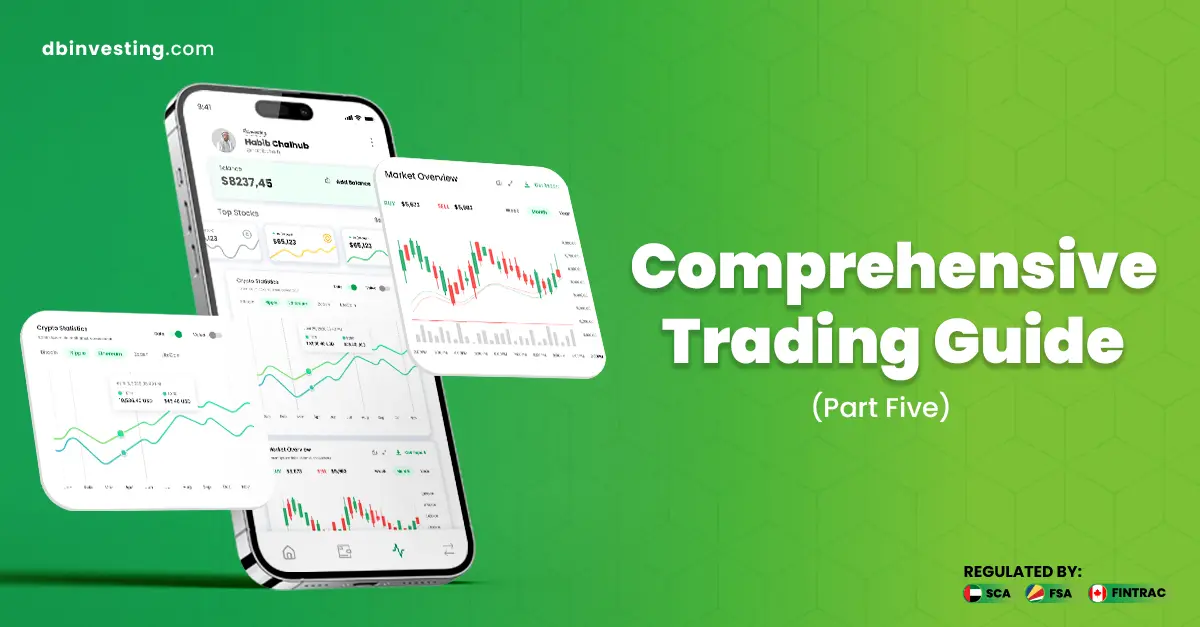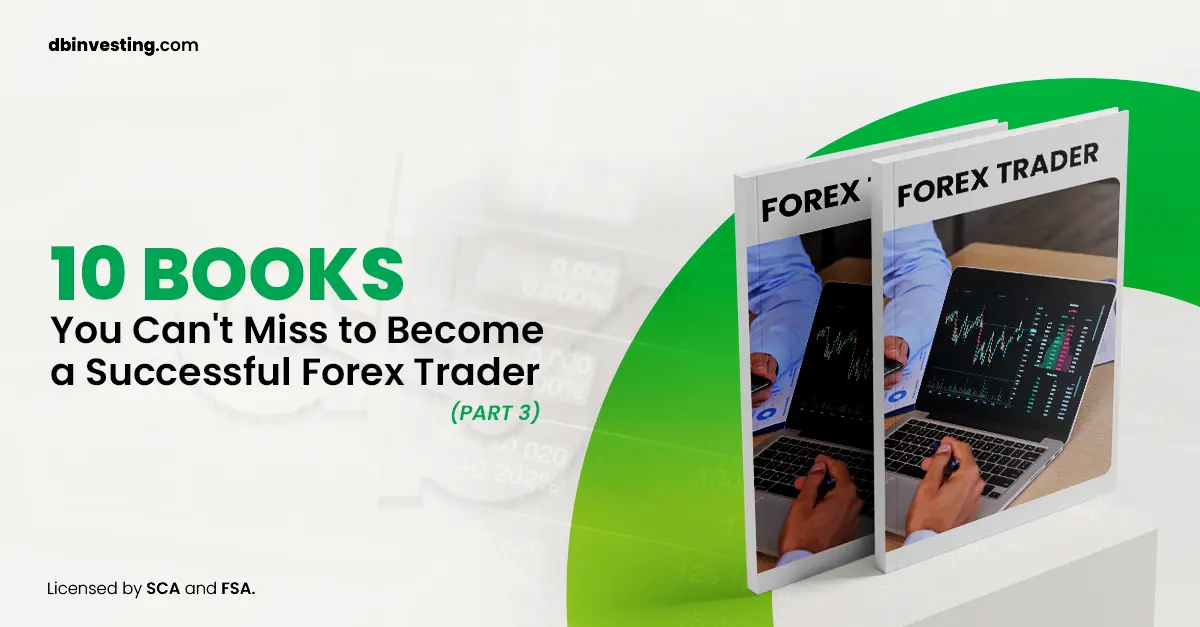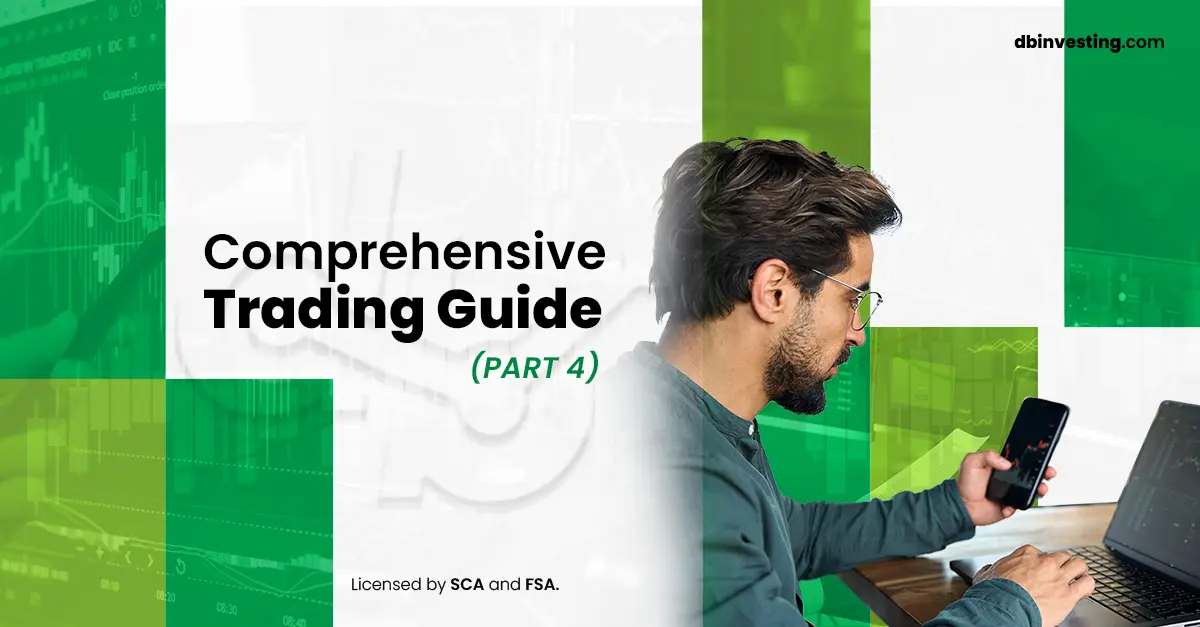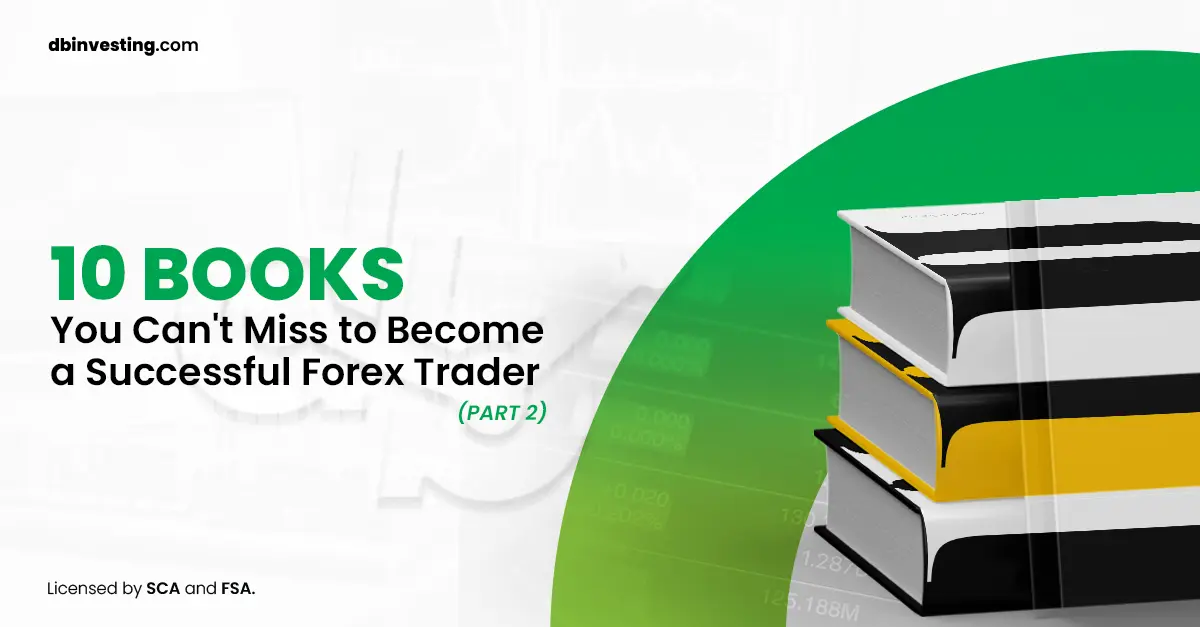(Part Five)
Learning Forex Trading with Proper Money Management
The Importance of Money Management in Forex Trading
Money management is a critical element for ensuring success and sustainability in the forex market. Without a solid plan for managing capital and risks, a trader can quickly find themselves in difficult situations that lead to rapid capital loss. Learning how to apply the principles of proper money management is what sets a successful trader apart from others.
Here are some key principles of money management in forex trading:
- Determine the Risk Size for Each Trade
The basic rule in trading is to never risk more than 1-2% of your capital on a single trade. For example, if you have a $10,000 account, you should only risk $100 to $200 per trade. This allows you to stay in the market even if you experience several consecutive losses while protecting your capital for future opportunities. - Use Stop Loss Orders
A Stop Loss order is a vital tool in risk management. It lets you set a specific loss limit for a trade, helping you control losses and prevent them from exceeding an acceptable level. It is important to place a Stop Loss order based on technical or fundamental analysis, not emotions. - Risk-to-Reward Ratio
One of the most important rules of money management is to establish a risk-to-reward ratio before entering any trade. For example, if you’re risking $100, your target should be to make at least $200, meaning the risk-to-reward ratio is 1:2. This ratio ensures that even if you lose half of your trades, you can still be profitable in the long run. - Trade with an Appropriate Position Size
The position size or lot size should be suitable for the available capital and the risks you’re willing to take. Excessive use of leverage can lead to significant losses, so it’s essential to choose a trading size that matches your account size and strategy. - Diversify Your Portfolio
It’s important to diversify your forex investments across several currency pairs rather than focusing on just one. This helps reduce risks associated with fluctuations in a single currency pair. For example, if you are trading EUR/USD, you might consider trading other pairs like GBP/USD or AUD/USD to achieve balance.
Money Management Strategies for Beginners
- Moving Average Trading Strategy
A trading strategy using moving averages involves gradually reducing the position size during losses and increasing it during successes. This helps the trader reduce risks during challenging market periods and increase profits when things are moving in the right direction. - Demo Trading
Before starting with real trades, it’s recommended to test your strategies on a demo account. A demo account allows you to practice money management and apply trading strategies without risking real capital. - Regular Performance Review
It is crucial to regularly review your trading performance and analyze both successful and losing trades. This helps identify recurring mistakes, correct them, and improve long-term money management strategies.
Common Money Management Mistakes
- Not Using Stop Loss Orders
Ignoring Stop Loss orders can lead to unexpected large losses. Always define a clear exit point if the market moves against you. - Risking More than 1-2% of Capital
Many traders, especially beginners, make the mistake of risking a significant portion of their capital in one trade hoping to achieve large profits. This can quickly lead to capital loss. - Neglecting Money Management Due to Overconfidence
Even if you are on a winning streak, you should never abandon money management rules. The markets are volatile, and profits can quickly turn into losses.
Summary
Learning how to manage capital properly is key to success in the forex market. Proper money management helps you stay in the market long-term, protect your capital, and increase your chances of making profits. By following basic principles such as determining risk size, using stop loss orders, and adjusting the risk-to-reward ratio, traders can improve performance and reduce losses.
Forex for Beginners – More Essentials
Understanding the Market and Volatility
The forex market is one of the most volatile financial markets, offering both opportunities and challenges. Understanding these fluctuations and how to react to them is essential, especially for beginners. Currency prices are affected by various factors such as economic data, political events, and central bank monetary policies.
Key Factors Affecting the Forex Market
- Central Bank Monetary Policies
Central banks play an essential role in determining currency values through their monetary policies, such as raising or lowering interest rates. For example, when the U.S. Federal Reserve raises interest rates, it strengthens the value of the U.S. dollar. - Economic Reports
Economic reports, such as GDP data, inflation, and unemployment rates, play a significant role in determining currency trends. For example, if data shows that the European economy is recovering quickly, the euro might rise against other currencies. - Political and Geopolitical Events
Elections, wars, and trade agreements also significantly affect the forex market. For instance, the outcome of the U.S. elections can lead to strong volatility in the value of the U.S. dollar. - Central Bank Interventions
In some cases, central banks may intervene directly in the currency market to stabilize the value of their currency. This may be done by buying or selling currency to adjust exchange rates.
Fundamentals of Technical Analysis in Forex
Technical analysis relies on studying charts and historical data of price movements to predict future trends. There are many tools and techniques that can be used in technical analysis:
- Technical Indicators
Indicators like Moving Averages, Relative Strength Index (RSI), and MACD are among the most commonly used tools in technical analysis. These indicators help traders determine trends and the right moments to enter or exit the market. - Support and Resistance Levels
Support and resistance levels are price points that are difficult for the price to exceed. These levels can be used to determine entry and exit points. - Candlestick Charts
Candlestick charts are a powerful tool in technical analysis. They provide detailed information about price movements during a specific period and help understand short- and long-term price actions.
Managing Emotions While Trading
Managing emotions is a vital part of the trading process, especially in a volatile market like forex, where large fluctuations can influence decision-making. Here are several strategies that beginners can use to manage their emotions during trading:
- Controlling Fear and Greed
Fear and greed are common emotions that affect traders. Fear may lead traders to exit trades too early, while greed might cause them to stay in losing trades. Maintaining discipline and sticking to the trading plan is the best solution to avoid these emotions. - Avoid Trading Under Stress
Trading while under stress or emotional pressure may lead to poor decisions. Traders should wait until they are mentally stable before entering the market. - Learning from Mistakes
It’s normal for traders to make mistakes, but it’s important to learn from them. Keeping a record of both successful and unsuccessful trades and reviewing them can help traders improve their performance and avoid future mistakes.
Continuous Learning
The forex market is filled with challenges and continuous changes, so traders must embrace continuous learning. There are many resources available for learning forex, such as books, webinars, and training courses. Traders can also stay updated by following economic news and market analysis to gain new insights.
Conclusion
Forex trading for beginners requires a deep understanding of the fundamentals, proper management of emotions and risks, and continuous learning. Traders should start with a clear plan, utilize tools such as technical and fundamental analysis, and learn how to control their emotions during the trading process. Continuous learning is key to achieving long-term success in this dynamic market.
In this fifth part, we discussed the importance of proper money management in forex trading by determining the appropriate risk ratio and capital management tools. We also explored more forex basics for beginners, such as understanding the market and its volatility, and how to effectively adapt to market movements.
In the sixth part, we will cover other important topics such as different trading methods in forex and how to choose the right approach, as well as the importance of continuous education and its role in developing successful trading strategies. Stay tuned for the next part to continue your comprehensive guide to success in the forex world.




